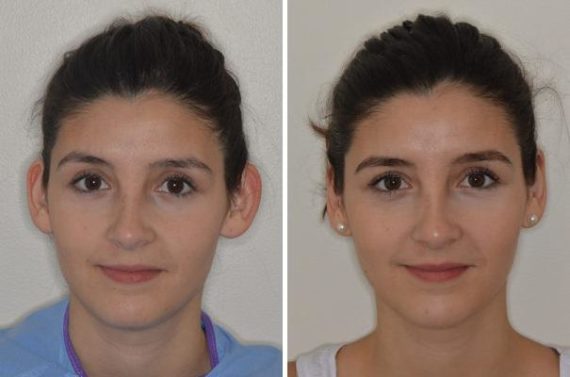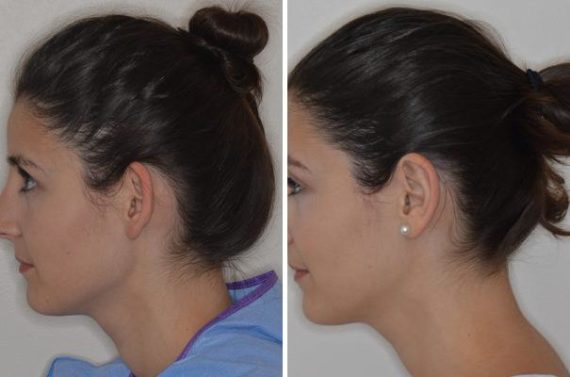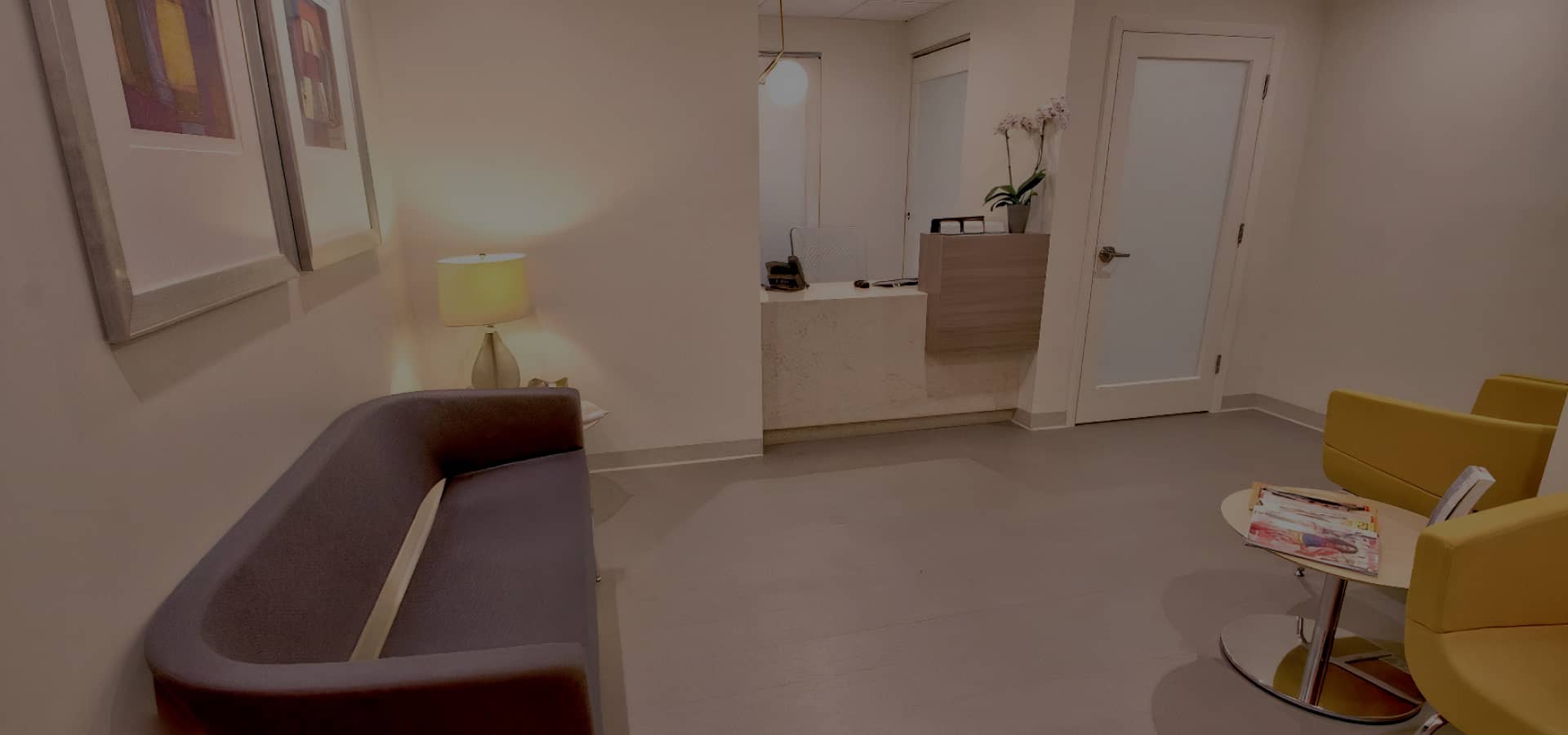Are you considering the path to a more balanced and harmonious appearance through otoplasty? It’s an empowering step, but the journey doesn’t end with surgery—your recovery is crucial for optimal results. Dr. Bared, an expert in facial plastic surgery, offers invaluable insights into navigating the post-operative phase with ease.
Understanding the details of otoplasty recovery can make all the difference. Dr. Bared’s expertise simplifies complex medical concepts into actionable, easy-to-follow advice. His guidance is tailored to help you manage expectations, minimize discomfort, and expedite healing, ensuring your experience and outcomes are as positive as possible.
1. Understand the Typical Otoplasty Recovery Timeline
Immediate Post-Surgery Expectations
After cosmetic ear surgery, patients often wake with bandaged ears and mild discomfort. It’s important to follow post-surgery instructions for a smooth recovery. One can expect soreness and some swelling around the surgical sites. Rest and little activity are advised for aiding recovery.
Milestones in the First Week
The week after surgery is crucial. Patients usually visit their surgeon a few days post-surgery to remove bandages and check progress. By the end of the week after surgery, a decrease in pain and swelling is common. Adhering to recovery procedures is key for a swift recovery period.
Healing in the Following Weeks
The weeks after surgery bring long-term healing. The ears’ final shape slowly becomes clear as bruising lessens. The full benefits of an otoplasty procedure are typically seen a few months after surgery. Regular check-ins with the surgeon help ensure a steady recovery process. Patients can enjoy the results of the cosmetic surgery for years.
2. Follow Your Surgeon’s Aftercare Instructions
Adhering to Medication Schedules
A board-certified plastic surgeon provides a medication plan crucial for pain management and infection prevention. Do not miss doses or deviate from the schedule, as it can slow down your recovery and risk your health. Inform your surgeon about any pain or unusual reactions.
Sleep Positions for Healing
Proper care includes resting correctly to minimize swelling and protect surgical sites. After plastic surgery on the face, elevate your head with pillows. Sleep on your back to keep pressure off incisions, helping maintain undisturbed incision lines for healing.
Bathing and Dressing Care
Care for your surgical incisions as instructed by your surgeon. Wait to shower until given the OK, and keep dressings dry to fend off infection. When replacing dressings, be gentle and watch for infection signs. Attend follow-up appointments and listen to any new post-operative care advice, including how to handle dressings. Choosing the right shirts—loose and easy to wear—is also part of proper care.
- Always take medication as directed by your surgeon.
- Use pillows to keep your head elevated while resting.
- Protect incision areas by sleeping on your back.
- Keep dressings dry and change them as instructed.
- Opt for loose shirts that don’t stress surgical sites.
3. Managing Pain Effectively
Use prescribed medication safely and follow your physician’s instructions to manage pain without complications. Opioids should be taken as directed due to the risk of addiction. Proper adherence helps ensure a safe recovery.
To reduce swelling and discomfort, apply an ice pack to the affected area:
- Wrap it in cloth.
- Use for 20-minute intervals.
- Wait between uses to protect your skin.
This approach addresses pain and prevents residual swelling for better healing. Using pain medications as advised complements these methods, alleviating swelling and speeding up the healing process. It is important to effectively manage swelling for a swift and safe healing journey.
4. Elevate Your Head
To minimize swelling after otoplasty surgery, it’s important to keep your head elevated and cool to soothe and reduce inflammation. This practice is essential for the healing process, making it more comfortable and lessening the risk of complications.
For proper healing, arrange your pillows to maintain your head above your heart:
- Use multiple firm pillows to create a stable incline.
- A wedge pillow can provide consistent support.
- Avoid lying on your side to prevent extra swelling.
These steps support an effective healing process.
5. Know Which Activities to Avoid During Recovery
During your recovery period, avoid certain activities to aid the healing process. Steer clear of strenuous activity, including:
- Contact sports
- Heavy lifting
- Vigorous exercise
These rigorous activities can delay recovery. Also, be cautious during normal activities that might affect your ears, and follow your surgeon’s guidance on resuming your daily routine.
6. Protect Your Ears to Prevent Infection
After ear correction surgery, watch for infection signs like redness, swelling, discharge, or lasting pain. If these occur, see a doctor immediately. To prevent risks, use antibiotic ointment as instructed.
Choose headwear that supports without pressing on the ears. The right ear protection after surgery helps avoid the risk of complications. Opt for loose-fitting hats or headbands to shield from the elements and assist healing.
- Recognize infection early
- Use antibiotic ointment
- Select suitable headwear for ear protection
- Mitigate risks and risk of complications
7. Healthy Diet and Hydration for Recovery
Eating the right foods aids healing post-ear surgery. Soft foods rich in vitamins and protein can reduce swelling and promote repair. These include:
- Pineapple and berries for their anti-inflammatory properties.
- Lean meats and legumes are vital for cell building.
- Dark leafy greens to help with swelling.
Staying hydrated is also essential during the recovery period. Drink enough water and avoid alcohol and caffeine. Combining a healthy diet with hydration and plenty of rest can result in a better healing experience.
8. Attend All Follow-up Appointments with Your Surgeon
Attending follow-up appointments is essential for a successful recovery after otoplasty. These visits allow your surgeon to monitor healing and catch complications early, such as infection or excessive scarring.
During these appointments, your surgeon will:
- Address any concerns you have.
- Check the surgical sites for trauma or unexpected reactions, including allergic reactions.
- Adjust the care plan if necessary, ensuring a steady recovery.
Skipping appointments may result in unnoticed complications, impacting your recovery and the procedure’s outcome. It’s important to visit the surgical facility as planned for your health and the success of your surgery.
9. Exercise Patience and Have Realistic Expectations
Normalizing Temporary Changes
After surgery, your body might react with tingling or numbness. Hair near the ears can feel different as it grows back. Recovery times can vary, but it’s common for these changes to happen. Altered blood flow can cause these feelings, which usually get better as your body heals.
Gradual Improvement
Healing is a slow process that allows the body’s systems to mend. Blood clots, part of this healing, seal the injured areas. Expect gradual changes as your facial features go back to their correct position. Have realistic expectations and allow time for recovery. Immediate results are rare; instead, look for steady progress.
- Body reactions like tingling are normal.
- Recovery times vary; patience is key.
- Healing involves blood clots that help in the process.
- Expect to see your facial features return gradually.
- Set realistic expectations for the pace of recovery.
10. Use Sun Protection for Your Ears
Post cosmetic ear surgery, it’s key to protect your ear cartilage from sun damage to keep your ears looking good.
Sun Protection Essentials
Choose sunscreen with at least SPF 30 for your ears, avoiding harsh ingredients like hydrogen peroxide. Don’t forget to shield the ear canal too.
Gear for Protection
Wearing hats shields your ears from extreme temperatures and sun. A broad headband can also act as a compression bandage for support during heavy lifting.
Listen to your facial plastic surgeon or otoplasty surgeon on sun exposure. After ear pinning or reshaping, your ears are more prone to sun damage.
Appearance and health depend on safeguarding ear cartilage. For the best results, get advice from your facial plastic surgeon or otoplasty surgeon.
Key Takeaways for a Smooth Otoplasty Recovery
For a smooth recovery after cosmetic ear surgery, follow your surgeon’s advice. Keep activity low to manage blood pressure. Stick to these key takeaways:
- Watch for infection signs and tell your surgeon.
- Follow your post-op care plan closely.
- Don’t miss any check-ups for safe healing.
As you consider otoplasty, remember that personalized guidance is paramount to ensure a swift and smooth recovery. Dr. Bared‘s expertise in facial plastic surgery provides you with the confidence needed to navigate your post-operative phase effectively.
Ready to take the next step toward a successful healing process? Schedule a consultation with Dr. Bared today and gain access to tailored advice that will help you achieve your aesthetic goals with peace of mind.



